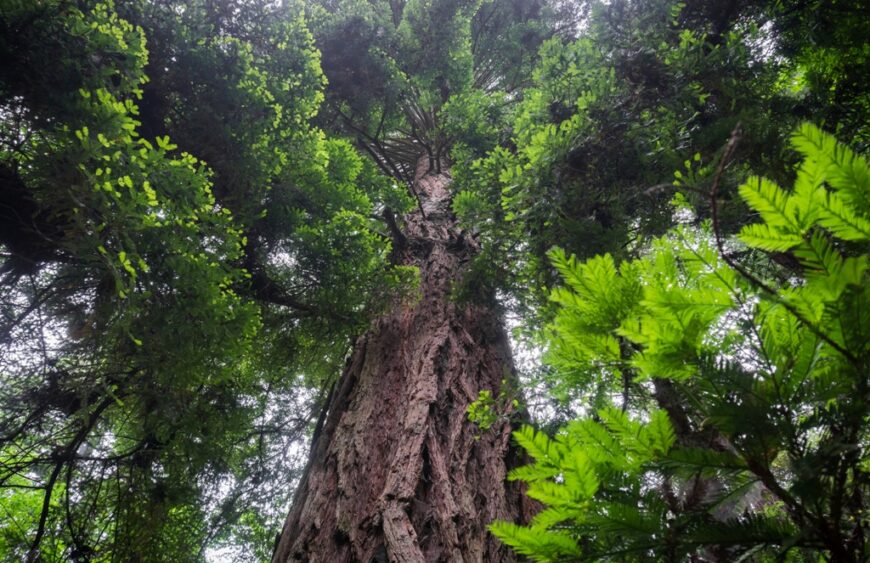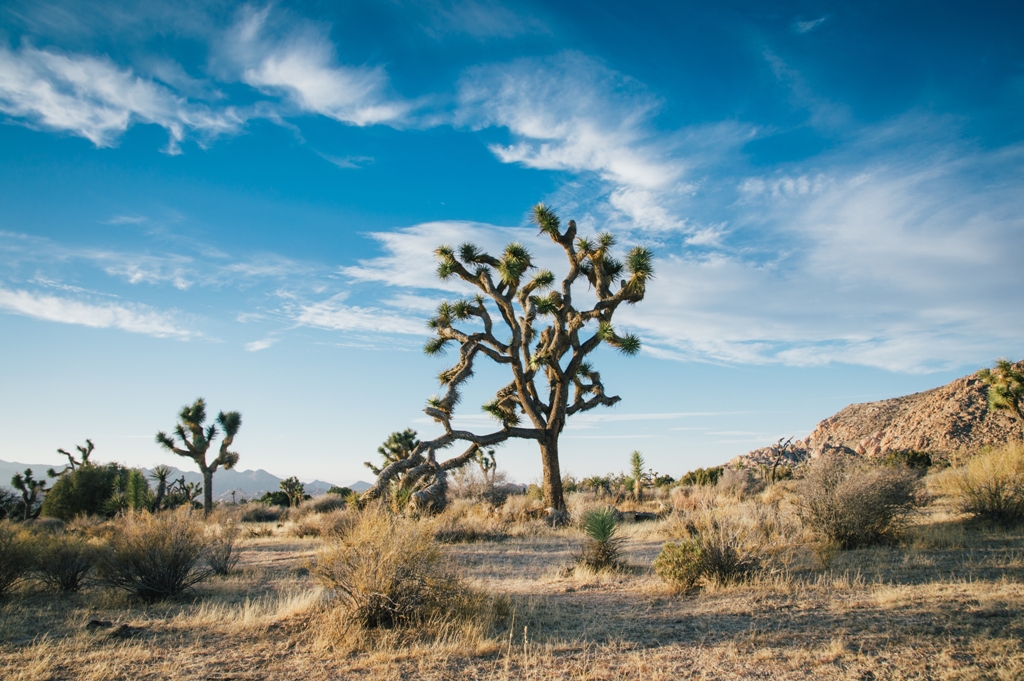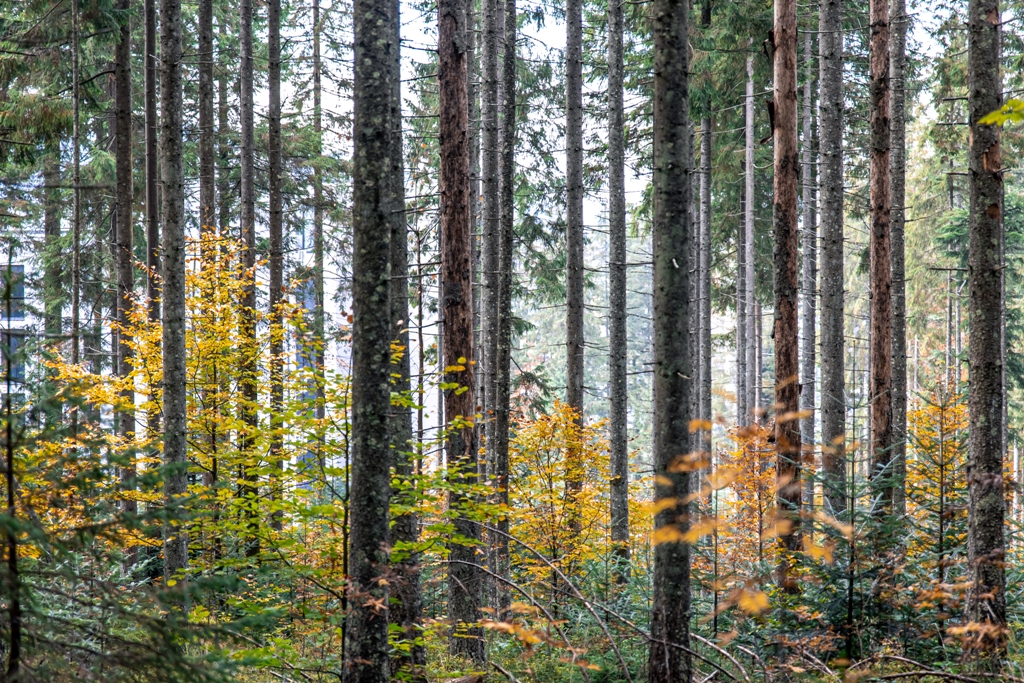Native Trees vs. Exotic Trees: Which Should You Plant?
2 October 2023 2023-10-02 17:47
Native Trees vs. Exotic Trees: Which Should You Plant?
Imagine a world without trees. It’s a difficult thought to entertain, as trees are the unsung heroes of our environment. They provide us with clean air to breathe, shelter from the sun’s scorching rays, and a sense of serenity amid bustling cityscapes. But when it comes to selecting trees for our gardens, parks, or urban landscapes, a critical choice emerges: native trees or exotic trees?
The decision between native and exotic trees is not merely an aesthetic one. It’s a choice that can have profound consequences for the environment, local ecosystems, and even our well-being. In this article, we will embark on a journey to explore the fascinating world of native and exotic trees, dissecting their unique characteristics, ecological impacts, and practical considerations.
Our primary goal is to provide you with an in-depth understanding of the advantages and disadvantages of planting native and exotic trees. We’ll delve into the statistics that shed light on the ecological significance of this choice, as well as the practical aspects that can guide your decision-making process. Ultimately, we aim to equip you with the knowledge needed to make an informed choice when it comes to tree planting, one that aligns with your values and contributes to the greater good.
In the following sections, we’ll examine native trees, exploring how they act as guardians of biodiversity, providers of essential ecosystem services, and champions of carbon sequestration. We’ll also venture into the world of exotic trees, discussing the double-edged sword they represent, including their potential to disrupt local ecosystems and their impact on water resources and urban environments. Finally, we’ll provide practical considerations to help you make the right choice when selecting trees for your landscape, highlighting factors like invasive species risks, drought resistance, longevity, wildlife habitat support, and even the cultural and historical significance of your choices.

Native Trees: Guardians of Biodiversity
Native trees, as the name suggests, are the flora indigenous to a specific region or ecosystem. They have evolved over centuries, adapting to the local climate, soil, and wildlife. These trees are the true guardians of biodiversity, supporting a rich tapestry of life forms.
The impact of native trees on local biodiversity is profound. Studies have shown that, on average, planting native trees can increase local biodiversity by up to 30%. This is because native trees have developed intricate relationships with local wildlife, providing them with food, shelter, and breeding grounds.
These trees are like keystones in the intricate architecture of ecosystems, serving as hosts to a plethora of insects, birds, and mammals. The loss of native trees can disrupt these ecosystems, often leading to a decline in local wildlife populations.
Native trees don’t just support biodiversity; they also offer invaluable ecosystem services. They act as nature’s air and water purifiers. Their leaves capture airborne pollutants, and their root systems help filter and retain water, reducing soil erosion and maintaining water quality. In fact, native trees typically provide 50% more ecosystem services than exotic species. This means cleaner air to breathe, purer water to drink, and a healthier overall environment.
One of the most critical roles native trees play is carbon sequestration. Mature native trees are highly effective at absorbing carbon dioxide (CO2) from the atmosphere. A single mature native tree can absorb around 22 kilograms of CO2 per year, helping mitigate the effects of climate change. The carbon sequestration capacity of native trees is a testament to their ability to contribute positively to global efforts to reduce greenhouse gas emissions.
As we delve deeper into the world of native trees, we find that their impact extends far beyond their aesthetic appeal. They are the silent stewards of our environment, enriching ecosystems, improving air and water quality, and actively combating climate change. But what about exotic trees? Let’s explore their unique characteristics and the challenges they pose in the next section.
Exotic Trees: The Double-Edged Sword
Exotic trees, in contrast to native trees, originate from regions far from the location where they are planted. These trees have been introduced to new environments either intentionally or accidentally. While they often hold aesthetic allure and novelty, their presence can be a double-edged sword.
Exotic trees can disrupt local ecosystems and pose threats to native flora and fauna. Research has shown that in some areas, exotic tree species can contribute to a decline in local biodiversity by up to 75%. These non-native species often lack the predators and diseases that would naturally control their populations in their native habitats, leading to aggressive growth and competition with native species.
The water requirements of exotic trees can be significantly higher than those of native species. In many cases, exotic trees may require up to 50% more water, making them less sustainable choices, especially in regions prone to drought. This high water demand can strain local water resources, leading to water scarcity issues and increased maintenance costs for landscaping.
In urban environments, exotic trees may not be as effective at mitigating the urban heat island effect as their native counterparts. Native trees in urban areas can reduce the urban heat island effect by up to 2-8°C, creating a cooler and more comfortable environment. Exotic species may not offer the same level of cooling and heat island mitigation due to their different environmental adaptations.
One of the most significant challenges posed by exotic trees is their potential to become invasive. Invasive exotic tree species can outcompete native vegetation, disrupt local ecosystems, and cause economic and ecological harm. Controlling and eradicating invasive species can cost billions of dollars annually, making the choice of exotic trees a matter of great concern in conservation efforts.
Exotic trees, particularly those not adapted to local climates, may struggle to survive during periods of water scarcity. Their vulnerability to drought stress can lead to reduced tree health and increased susceptibility to pests and diseases.
As we weigh the pros and cons of exotic trees, it becomes clear that their introduction into non-native environments can have far-reaching consequences. While they may offer aesthetic diversity, they also bring risks that should not be taken lightly. So, how can you make the right choice when it comes to planting trees in your landscape? We’ll explore practical considerations in the next section.

Practical Considerations: Making the Right Choice
Invasive Species Concerns
When deciding whether to plant native or exotic trees, it’s crucial to consider the potential for invasiveness. Native trees are less likely to become invasive and disrupt local ecosystems. Before choosing an exotic species, research its history in the region and consult with local experts to assess the risk of invasiveness.
Drought Resistance
Selecting trees adapted to local rainfall patterns is essential, especially in regions prone to drought. Many native trees have evolved to thrive in specific climates, making them more resilient during water shortages. Opting for drought-resistant native species can save water and reduce maintenance costs.
Longevity and Wildlife Habitat
Consider the lifespan of the trees you plant. Native trees often have longer lifespans compared to exotic species. Planting trees that will endure for generations ensures the continuity of their ecological contributions and provides lasting benefits to your landscape.
Additionally, think about the wildlife habitat your trees will provide. Native trees are essential for supporting local wildlife, providing food and shelter for a variety of species, from birds and insects to mammals. Planting trees that serve as habitat for wildlife can enhance the ecological value of your landscape.
Cultural and Historical Significance
Don’t overlook the cultural and historical significance of native trees in your region. These trees may hold deep cultural connections and historical importance. Planting native species can help preserve and celebrate local heritage while connecting your landscape to the past.
In conclusion, the decision of whether to plant native or exotic trees is a complex one that requires careful consideration of ecological, practical, and cultural factors. Native trees are the guardians of biodiversity, providers of ecosystem services, and champions of carbon sequestration. They have evolved to thrive in their local environments, making them efficient and sustainable choices.
Exotic trees, on the other hand, can disrupt local ecosystems, strain water resources, and may not provide the same level of environmental benefits. While they may offer aesthetic diversity, they should be selected with caution and consideration of their potential impacts.
Ultimately, the choice between native and exotic trees is a significant one that can shape the environment for generations. Consult with local arborists and environmental experts to make an informed decision that aligns with your values and contributes to the greater good. Your choice of trees today can play a pivotal role in building a sustainable and eco-friendly future.
Expert Advice: Navigating the Choice
Choosing between native and exotic trees is not always a straightforward decision. It’s a choice that requires a nuanced understanding of your local environment, your landscape goals, and the potential long-term impacts. To make the best choice, consider seeking expert advice from local arborists, horticulturists, and environmental experts. Here are some steps to help you navigate this decision:
- Local Knowledge: Start by consulting with experts who have a deep understanding of your local ecosystem. They can provide insights into which native tree species are well-suited to your specific region and soil conditions.
- Site Assessment: Conduct a thorough site assessment. Consider factors like soil quality, drainage, sunlight, and available space. Experts can help you evaluate these conditions and recommend suitable tree species.
- Biodiversity Impact: Discuss with experts how your tree choice may impact local biodiversity. They can advise on which native trees will best support local wildlife and contribute positively to your ecosystem.
- Water Efficiency: If you live in an area with water scarcity concerns, experts can recommend drought-resistant native trees that will thrive with minimal water.
- Invasive Species Risks: Seek guidance on the potential risks of planting exotic trees that could become invasive. Experts can provide a list of non-invasive exotic species if you prefer their aesthetics.
- Longevity and Maintenance: Experts can advise on the long-term care and maintenance requirements of different tree species. Some native trees may be low-maintenance, while others may require more attention.
- Community Engagement: Engage with your local community and environmental organizations. They may offer resources, tree planting initiatives, or community-driven projects that align with sustainable tree choices.

n the grand debate of “Native Trees vs. Exotic Trees,” the answer isn’t necessarily one-size-fits-all. Instead, it hinges on a thoughtful and informed decision-making process that considers the unique characteristics of your region, your landscape goals, and the ecological impact you wish to have.
Native trees emerge as the natural choice for supporting local biodiversity, ecosystem services, and climate change mitigation. They have evolved alongside native wildlife, and their contributions to local ecosystems are well-documented. However, exotic trees can bring diversity and aesthetic appeal to your landscape when chosen with care and an understanding of their potential drawbacks.
So, whether you decide to plant a grove of native trees, introduce a few carefully selected exotic species, or create a balanced mix of both, your choice holds the power to shape the environment around you. Remember, you don’t have to make this decision alone-rely on the expertise of local professionals to guide you toward the best choice for your unique landscape. In the end, the trees you plant today will contribute to a greener, healthier world for generations to come.






